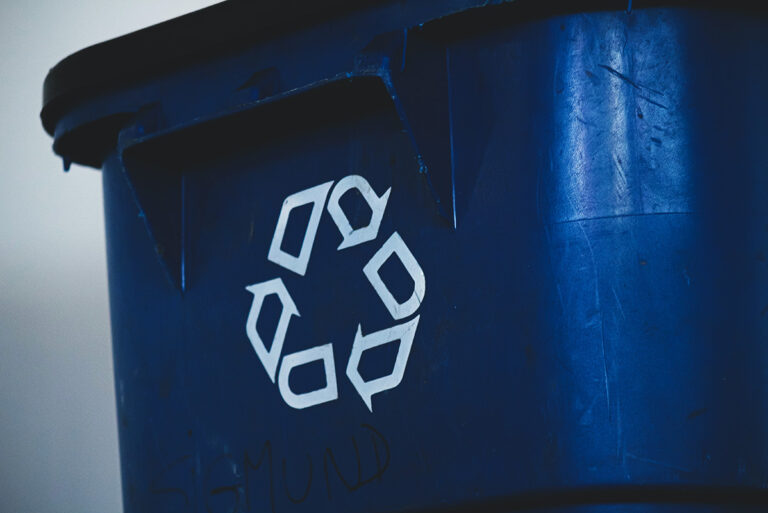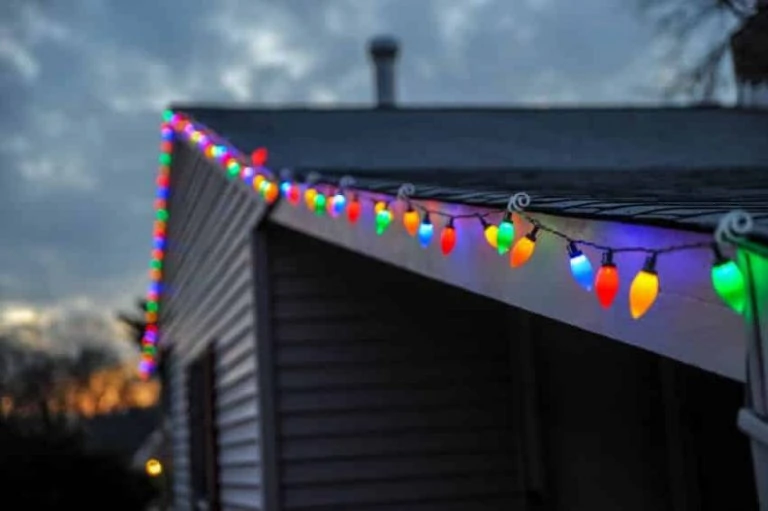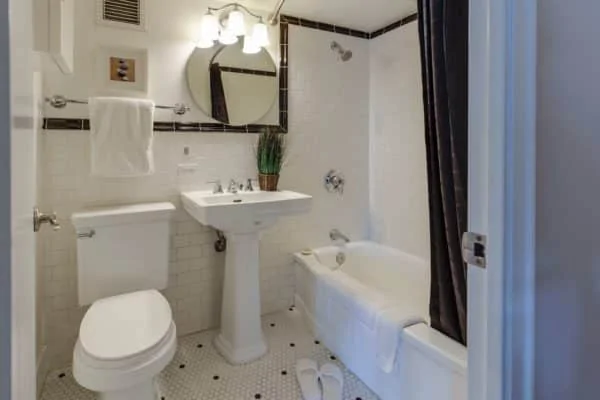LED lighting can produce lighting at better energy efficiency ratings, but are they truly green? Here we evaluate the pros and cons of LED lighting.
Looking for an eco-friendly way to bring some natural light into your home? Read our post on the pros and cons of solar tube lighting.
Pros and Cons of LED Lighting: Should You Use Them?
Lighting is an integral part of our day to day lives, and almost every aspect of our daily operations needs light. With the increased sensitization on preserving our environment, the lighting industry has made much progress and LED is just but one of those advances. LED lighting has been known for better energy efficiency, which has been a primary selling point for the industry.
There are multiple pros and cons of LED lighting, and it is wise to understand them before changing to using this mode of lighting.
What is LED Lighting?
The LED lighting is the form of lighting that uses lead-emitting diodes to transform electrical energy into light.
LED lamps and LED bulbs can be used anywhere from our homes, offices, industries, vehicles, and almost any other place. In this article, we are going to explore the various pros and cons of LED lights and how it affects our daily activities. LED lights can be easily used in homes using LED extrusions.
Advantages and Disadvantages of LED Lighting
Here we evaluate the various components of LED lighting including advantages, disadvantages, harmful effects and a pros and cons analysis.
Advantages of LED lighting
The various benefits that come with the use of LED lighting include:
1. Efficiency energy consumption
LED lighting lamps and bulbs save a lot in energy consumption. LED lamp is estimated to be between 80-90% efficient on energy that the traditional fluorescent or incandescent bulbs. Energy efficiency in lighting solutions is measured using two types of statistic namely useful lumens or luminous efficacy.
LEDs lights convert around 95% of the total energy to light and the other 5% to heat. In comparison, the traditional fluorescent light converts just 5% to light, and the rest 95% turns to heat.
This means that much less energy is required to light a LED bulb as compared to fluorescent or incandescent light. Practically, a 36 watt LED would replace an 84-watt fluorescent bulb.
Using less energy means that even your monthly power bills would go down with a significant amount. This also means that there will be reduced power demand from the national power plants thus reduction of greenhouse gas emissions will be experienced.
2. No toxic components
Whereas other lighting methods like mercury vapor lights and fluorescent tubes contain some toxic materials like mercury, LED contains none. When such materials are not disposed of well, they may cause serious contamination in the landfill waste.
Using LED light will reduce some cost such as disposing of your waste through a registered waste carrier significantly.
Complying with the disposal requirements may cost you time and money which can be avoided by using safe LED bulbs. It will also mean that you have preserved the environment by avoiding toxic materials.
3. Enhanced safety
The LED light is much safer to use as compared to the other modes of lighting. Most of the other means like Fluorescent and incandescent bulbs, transform the most significant percentage of total energy to heat. Heat emission is the first and major hazard when we are looking at lighting.
While fluorescent light emits around 95% of the energy as heat, LED light emits just 5% of the energy as heat. This is much lower means that LED can operate in low-voltage systems efficiently.
Low-voltage systems are significantly safer even when an incident occurs.
4. Lifespan and durability
Mostly, when talking about the pros and cons of LED lighting, the lifespan of the LED lamps can’t be overlooked. This is the duration of time the bulb is expected to remain functional and efficient. LED lights have an exceptionally long lifespan as compared to the other forms of lighting.
While a fluorescent lamp would perform for an average of 20,000 hours, LED lights to have an average operational life of 50,000 hours and can go up to even 100,000 hours. This will generally cut down the cost of changing the lights now and then.
Also, when the LED lamp reaches its maximum lifetime, it does not burn abruptly like many incandescent lamps rather it will just lose its brightness gradually.
The truth about LED lighting is that the bulbs are very durable and do not break easily.
This means that they can be used in a wider scope of operations like transport and other industries. They are less risky to transport or install.
5. Incredible design flexibility
LEDs are very flexible regarding design. They can be used in almost any application whether big or small.
The LEDs can be used in bunches to form a large lighting bulb, looped together to form a sequence of linear lights, or individually for small devices.
Disadvantages of LED Lighting
In as much as there are so many advantages of using LED lights, there are also some disadvantages that come with it.
1. Buying price
Despite the many benefits that the LED lighting brings some people may still not be willing to purchase the bulbs due to their high purchasing price. The price of LEDs has gradually gone down over the year, but it remains high for some individuals.
For example, a standard LED lamp costs between $10 and $40. This is way much higher as compared to incandescent bulbs or the CFL lamps that would cost between $3- $5 each. Although the LED is cost-effective in the long run, the difference in the initial cost may hinder many from changing from the traditional bulbs.
People have been sold on the long life that will save you money over time. In a microgrid scenario, you can retrofit your entire warehouse and go completely behind the meter.
2. Color limitations
LEDs have a problem when it comes to the creation of white light. They make the white light by the use of diodes of various colors. When all the diodes are illuminated together, white light is created.
Due to the use of many diodes with a different color, the intended white light often turned to be bluish. When the LEDs in a lamp start to degrade, the color quality will also deteriorate and emit poor colors.
3. Temperature
The LED lighting is generally sensitive to the temperature levels of the surrounding environment. The efficiency of the LED lamps is directly dependent on the temperature levels.
High temperatures within the environment will inhibit the proper functioning of the LED lamp. A heat sunk will be required to keep them functioning correctly to prevent the lamps from failing.
See Related: Fronius Smart Meter Review
Harmful Effects of LED Lights
Recent studies have shown that there may even be some harmful effects of LED lights. Some scientists have indicated some negative effects of LED lighting as follows:
1. Toxic materials
In a study published 2010 in a journal named Environmental Science and Technology, it indicated that LEDs contain toxic materials including lead, and arsenic among others. Although these LED bulbs do not contain mercury, the other toxics are just as harmful and should be considered when making future progress.
Even though LEDs are not always considered hazardous waste, it’s still important to recycle them properly. To learn how – check our post where we explain how to dispose of LED light bulbs responsibly.
2. Harmful blue light
Another research is done Spanish researchers shows the blue light emitted by the LEDs can cause harmful and irreparable damage to the human eye. The retina of a human eye contains sensitive light cells that can be damaged as a result of continued exposure to this light.
With LED lights being used in almost every gadget from phones, computers, TV screens and more, much need to be done to prevent the effects.
Pros and Cons of LED Strip Lighting
We cannot talk about LEDs without mentioning LED strip lighting. LED Strip Light or LED tape is made of small individual LEDs mounted on a flexible circuit board and its widely used in clubs, homes, and any place that need to illuminate with flickering lights.
The pros and cons of LED strip lighting include.
Pros of LED Strip Lighting
- Less electricity
- Color-broader color selection
- Savings-less lighting cost
- Flexible- the strip can be bent to form any shape without any damage.
- Lifespan- long lifespan
- Cutting- you can cut the strip at some points without damaging it.
Cons of LED Strip Lighting
- Replacement of a single bulb from the strip can be tricky
- They produce low light
- High initial cost
- A varying voltage may cause the entire strip to burn
Conclusion on Pros and Cons of LED Lighting
From this article, I know you now have a clear guide on the various pros and cons of LED lighting. LED lighting has often been installed due to high energy efficiency and enhanced safety.
The rise of many energy efficiency and LED manufacturers have sold these products to buildings and residential homes. Imaging pairing LED lighting and solar photovoltaic panels together. You could have tremendous benefits.
Energy efficiency is very important for our future. We must make conscious decisions about how we consume energy and the impacts of disposal of this equipment to ensure we reduce our carbon footprint over time. Becoming energy efficient is just one of the many advantages of going green to save the environment.
Start taking a look at LED lighting products to see if you find a perfect match for your home or business.
What are you going to use in your home? Did we miss any of the pros and cons of LED lighting? Let us know in the comments below. We’d love to hear from you. I hope you understand more about the various components of LED lighting and LED strip lighting.
Related Resources:
- Use our green living blog to live a cleaner future
- 9 Best EV Chargers for Sale for Your Home
Green Coast is a renewable energy and clean living blog helping you live a better, cleaner life. Green living. Coast to Coast.










